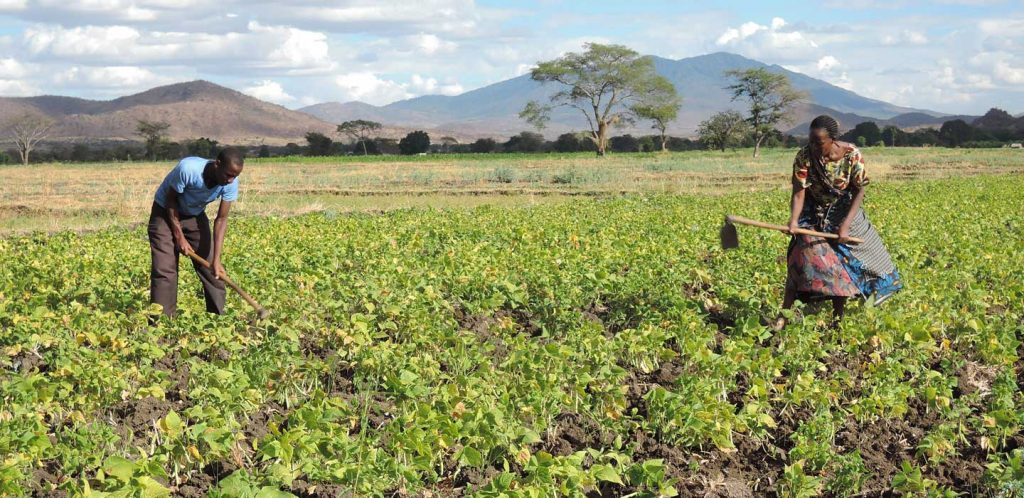
Nearly thirty years ago, I wrote an essay – long since lost in our attic or garage – for a competition run by the Economist, on the importance of smallholder farming for food security, economic growth and jobs. Needless to say, my essay didn’t win a prize (!), but writing it helped instil in me both a vision and passion to support smallholder farmers as an essential means of increasing income and employment in low-income countries. At the time, I was living and working in Tanzania where GDP per person was low[1] and job opportunities scarce. Encouragement and support for smallholders was a tangible way of making a difference. Thirty years on, I am as committed as ever to that principle.
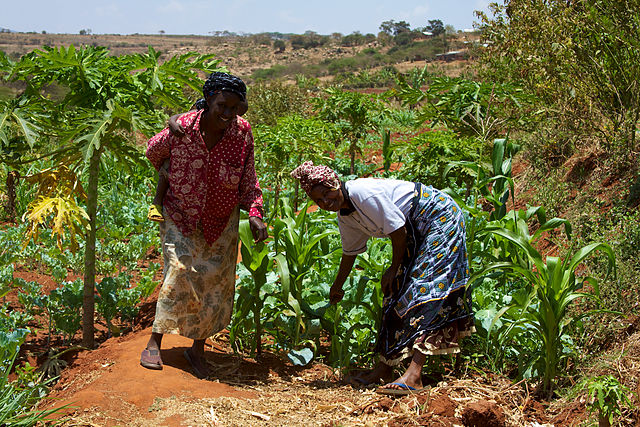
In the 1990s, there was a widespread perception that smallholder agriculture was somehow an outdated industry. Serious economic development in countries such as Tanzania could, it was proposed, only be achieved through advanced industrialisation and an expanded service sector. With agricultural prices falling, it was hard not to see food as a declining proportion of the budgets of families in traditionally high-income settings, with small farms especially a perverse anachronism. Agriculture, it was argued, was only viable on a large scale. In many respects, this attitude still prevails today (with data to support it), but is, I would suggest, based on misleading evidence and a misperception of grassroots realities.
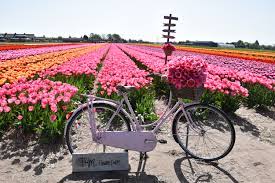
One of the arguments of my essay was that some of the most successful economies worldwide have developed from a strong agricultural base; indeed, where agriculture remains a foundation stone on which manufacturing, and service industries build. An outstanding example of this is the Netherlands, where, in 2021, agricultural exports yielded a staggering €104.7 billion.[2] Most of this was from domestic production, but a significant amount (€29 billion) came from re-exported goods with added value, i.e., the cut flowers, for which the Netherlands is justly famous and the world’s leading trader (through the daily auctions at Aalsmeer).[3] The Netherlands is a prime example of a country using domestic production to enhance its economy and thereby generate jobs. As a result of this, Rabobank, one the world’s highest rated banks, is at heart a national co-operative, built on the savings of local, Dutch farmers, which now offers its financial services globally.[4] Even in the UK, where agriculture forms a smaller proportion of the economy, food, beverage, and tobacco manufacture is the largest single manufacturing sector at 16% of the total (N.B. this is higher than transport, viz. cars, trucks, aerospace).
So, when a recent work trip for Café Africa International[5] took me to Tanzania, Uganda and Kenya, it was encouraging to see agriculture, particularly smallholder farming, in pretty good shape. I found coffee farmers with (up to) 5 hectares in Mityana (a district West of Kampala) significantly improving the quality and quantity of their production; and, with coffee prices at their highest since 2011, even a 2 Hectare farm could gross ca.$3-4000 on coffee, while also supporting food production (esp. bananas and milk).
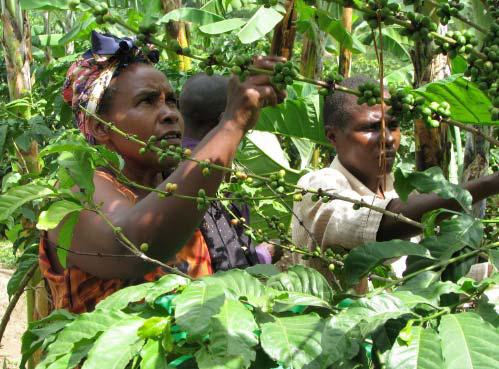
One significant problem agriculture faces worldwide is its ageing workforce. In the UK, the average age of farmers is ca. 55. To counteract its own ageing farmers, local groups in Uganda are working with the Hanns Neumann Foundation[6] to train young people in modern farming practices. A dual benefit is envisaged: young people trained to work on family farms, who can increase their income by offering their services to their farming neighbours. And this is not just an idea: on my travels, I met a lively group of ten or so young women and men eager to describe their work and relate how much they charged others for their consultancy advice! I was also taken to see a field of coffee that they had recently planted for a neighbouring farmer and his family. It was a win-win situation, of the kind too few inside and outside the world’s farming communities ever see today.
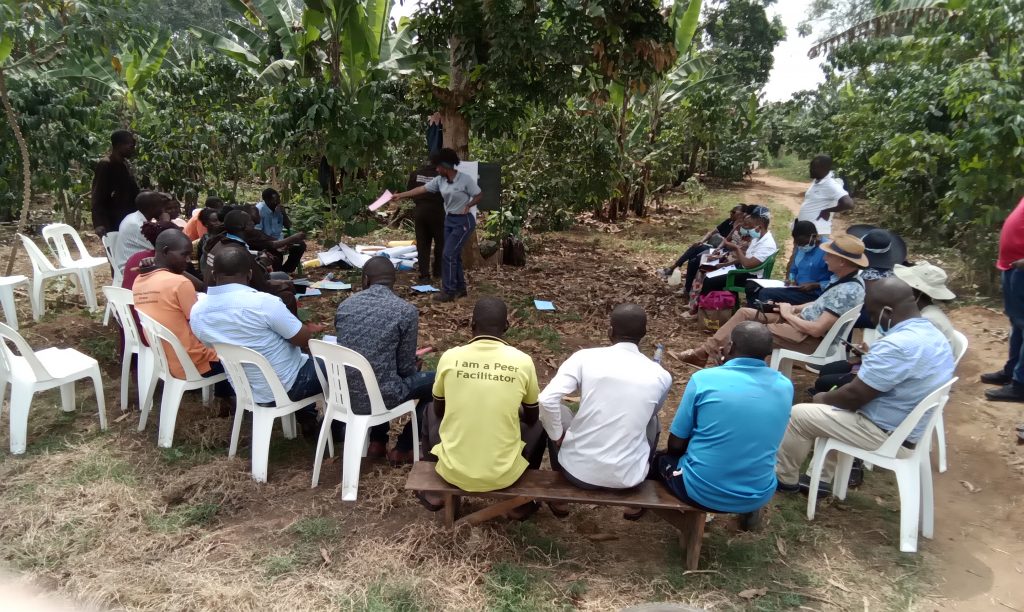
Take another example. Kenya is one of the largest producers of dairy products in Africa. Much of Kenya’s milk comes from local farmers with a few cows. These farmers have for decades faced the challenge of getting their milk to market before it spoils. But help is now at hand. Investment from inside and outside Kenya has been directed, in the last few years, towards the provision of local milk processing equipment. With a local equipment leasing business[7], we visited a dairy on the outskirts of Nakuru in the Rift Valley. They are doubling their packaging capacity with new machinery from Finland. They are also working closely with the large cooperatives, whose members supply the dairy with raw milk, to enable them to install more milk cooling equipment in the collection areas. The dairy employs 70 people and provides a secure national market for hundreds of farmers who would otherwise be entirely reliant on local sales.
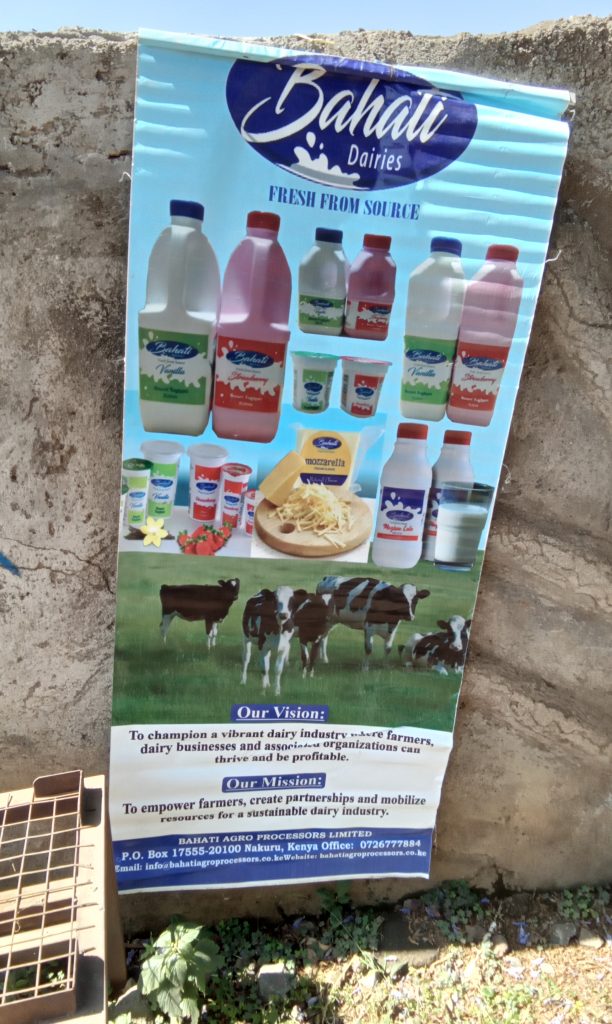
Although I was unable to visit smallholder farmers in Tanzania on this occasion, I was able to meet an old friend and business partner who updated me on the work he and his colleagues are doing in the Southern Highlands; in particular in Mbozi, Mbeya, Ileje and Tukuyu. Following the pattern we have seen already, they have now set up processing plants for coffee and avocados on a farm in the middle of the production area rather than in a nearby town. From there, they are able to export avocados, avocado oil and coffee. Local farmers have a ready market for their avocados either as fresh produce or as input for the local oil plant. Previously any surplus production would have rotted. The knock-on effect of this simple act of localising production is not only that it helps to safeguard prices, but cuts waste and provides additional employment in a rural area.
All of my site visits set me thinking – as they always do. Video conferencing is fine for routine interaction, but, personally, I need face-to-face meetings to really appreciate what’s going on. One day with people in an African field or factory is, for me, worth a dozen Zoom calls for creativity, understanding and real conversation.
Let me highlight some of the strands in my thinking as I have reflected on my recent trip to East Africa.
First, we can see, I believe, an important new separation of ownership, employment, and expertise on smaller farms. This separation has, to some extent, always been the case on large farms, but contracting young people from outside of a family for specific tasks on a smaller farm is something quite new. And behind this another shift is taking place: ownership is being increasingly secured by proper land registration. In Rwanda, for example, almost all the land was registered (in all, more than 10 million parcels) between 2009 and 2012.[8] Paradoxically perhaps here, as elsewhere, land registration has enabled greater land liberation. Why? Because now a larger holding can more confidently lease part of its land to people without land or who want more land to farm. With a title secured by legal registration, a landowner can also make long-term investments, secure loans and be sure that at the end of a lease the land will revert to him/her, if so desired.[9] Crucially, too, as we have seen, productivity can be improved by smallholder collaboration rather than, as often assumed, only by large conglomerates. That is particularly important in cultures and communities where (as in East Africa) land defines identity and ownership is an expression of historical continuity, spiritual blessing and social integration.
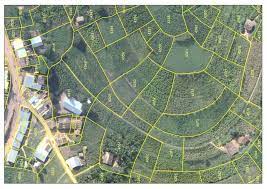
(Geospatial World Forum – Amsterdam 2012)
Second, as we have seen, agro-processing plants (like the dairy in Nakuru and avocado oil factory in Mbozi) bring sustainable economic development and jobs to rural areas. The factory in Mbozi needed mains electricity. As a result, a new mains supply line was provided to the whole area. More than this, the factory supports farm-gate prices. This helps to reduce farm losses generally and to increase the incomes of farm workers. The benefit of local, agro-processing industry is becoming more widely recognised. Despite the civil war, the Ethiopian government is sponsoring development of Integrated Agro-Industrial Processing Parks around the country.[10] In other words, there is, we might say, growing recognition that the strength of a nation’s economy lies not so much in Adam Smith’s urban shopkeepers as in Africa’s rural smallholders.
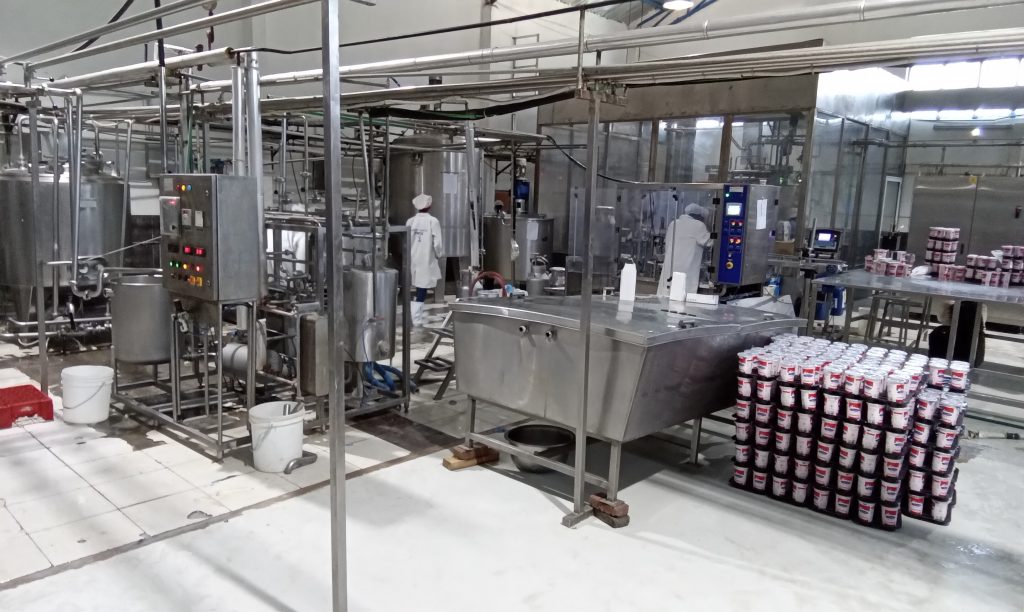
Third, the training of young people in agricultural knowledge and skills is life-changing for them and for the communities and farms they serve. The idea had looked good to me on paper, but seeing it in practice, witnessing first-hand the difference it made, and the satisfaction it brought the young people and the gratitude expressed by beneficiaries, were very moving indeed. The young people earned money. The farms were productive. And, I was delighted to see, the young people continued co-operating as a team after their training had ended.
Fourth, as in the Netherlands and elsewhere, service industries are being built on the foundation of agriculture. A number deserve notice. In Tanzania, the largest and most profitable local bank, CRDB (Cooperative and Rural Development Bank), specialises in agricultural finance.[11] In Kenya, the mobile money system M-Pesa has transformed access to banking in rural areas;[12] while micro-loans and micro-insurance – including insurance of crops – are now increasingly available. The latter help a farmer manage more carefully and directly their cashflow and exposure to financial risk. It is only a matter of time, surely, before price risk management products (based on commodity futures and options) are also available through these platforms. Furthermore, as we have seen already, flexible equipment lease and purchase schemes are also available to smallholders. These enable them to invest in modern farming equipment of every kind.

And there is much, much more. Low cost, locally produced, technologies that enable a farmer to monitor the health of cattle from their phone, warning them when breathing rates or temperature are abnormal so treatment can start early. Cheaper and more accurate soil testing kits that allow a more precise application of fertilizer and lime. Drip irrigation systems and low-cost pumps to ensure scarce water is used productively. Green houses so farmers with only one acre can grow capsicum, tomatoes and other crops to meet peak market demand. All making smallholder farming more productive and hence more viable. And, when combined with greater certainty of title, leading to better use and maintenance of land, whether by the owner themselves or a lessee.
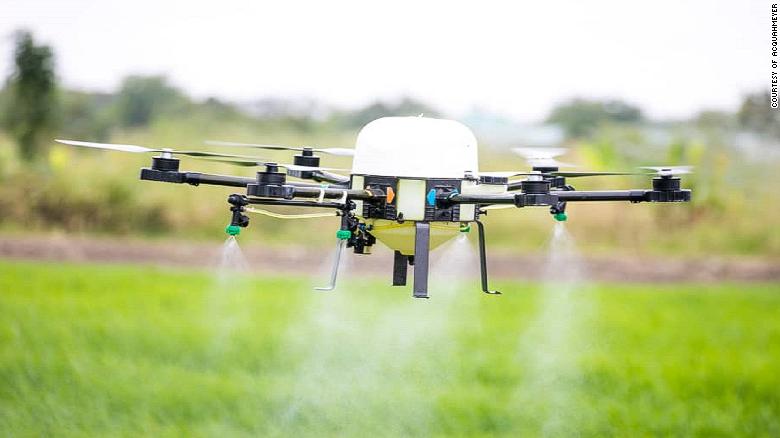
Taken together new strategies and technologies can have – and are already having – a significant impact on employment and food security in the places I visited. In Tanzania, 74% of the rural population are engaged in agriculture, the vast majority on land which they, or people in their communities, own. Consolidation of land in the hands of a few people, or large corporations, threatens local employment. Whereas the progress I have seen towards greater efficiency and coordination of local farmers – some of whom lease additional land from neighbours or engage in other businesses – suggests a better path to secure employment, personal dignity and social cohesion. What’s more, some research suggests small farms can be more productive and biodiverse than large holdings,[13] with organic and regenerative agriculture particularly suited to smaller farms.[14] When taken together, factors supporting smallholders also serve to safeguard food security as well as perhaps safeguarding structures of local communities.
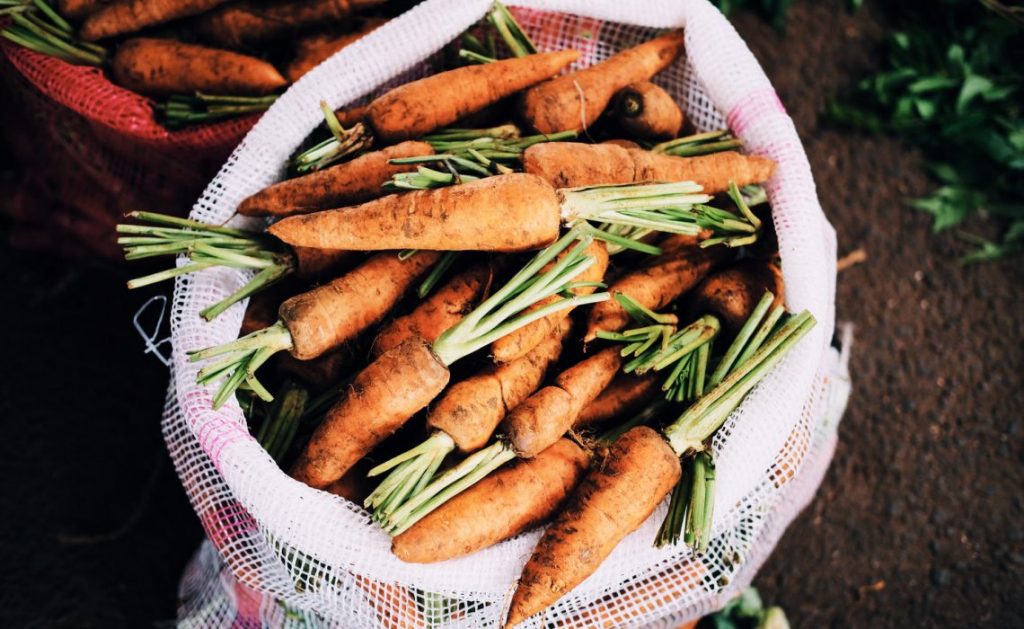
But let’s be clear: not all small farms have survived or will survive. If near major cities, the value of the land for housing will always exceed its agricultural value, however good the yields have been. It not surprising, then, that coffee growing areas close to Nairobi have shrunk in the last 30 years, while in parts of Mt Kilimanjaro the subdivision of land has meant some plots are now too small for a family home or farm. My recent trip was a good reminder of the variability of land use in East Africa. But I have come back with a clearer sense than ever of the importance – and necessary and admirable resilience – of smallholder farms for a local community’s viability and food security, for a country’s economy and coherence and, crucially, for biodiversity.
Jeremy Lefroy, Associate
[1] Cf. GDP was $174 in 1990 compared with $1,076 in 2020 Tanzania – GDP per capita (indexmundi.com) Tanzania is now of low middle-income status by World Bank definitions – a major achievement.
[2] Agricultural exports exceeded 100 billion euros in 2021 (cbs.nl) In comparison, exports of food and beverages by the UK in 2020 were ca. £21.7 bn UK trade – Office for National Statistics (ons.gov.uk)
[3] Cf. Tips om de bloemenveiling in Aalsmeer te bezoeken – Visit Aalsmeer
[4] On Rabobank, see Results & reports (rabobank.com)
[5] The author is Executive Director of Café Africa International
[6] Hanns R. Neumann Stiftung – Because People Deserve Prosperity (hrnstiftung.org)
[7] Efken Leasing Ltd – of which the author is a director
[8] Land Reform in Rwanda | Centre For Public Impact (CPI)
[9] Rwanda: the long-term impact of land registration for climate action | Global Climate Change Alliance+ (gcca.eu)
[10] Ethiopia: Integrated Agro-Industrial Parks | UNIDO
[11] CRDB unveils Sh460 billion facility for financing tech on climate – The Citizen
[12] PowerPoint Presentation (gsma.com)
[13] Small Farms More Productive and Biodiverse Than Large Farms « Biosafety Information Centre (biosafety-info.net)
[14] Why smallholder farmers are key to scaling regenerative agriculture: 10 case studies | One Earth
